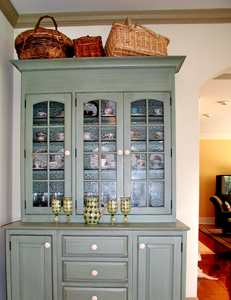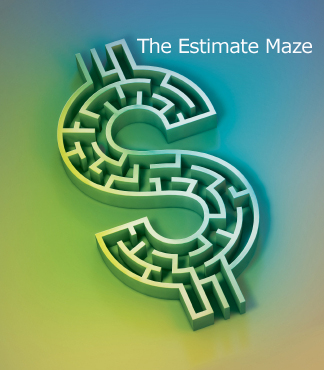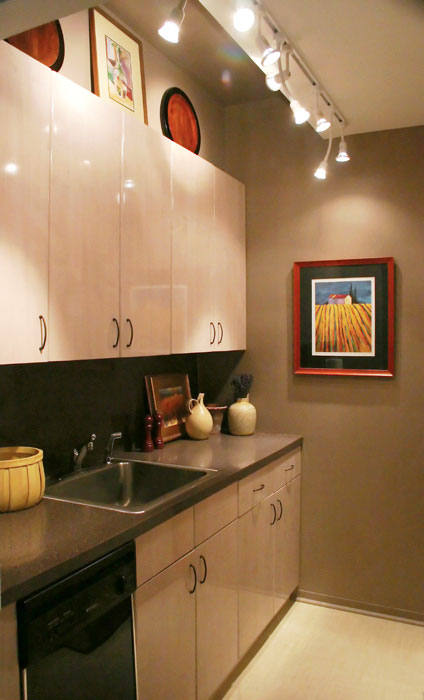How many materials are involved in your kitchen project? Let me say that another way....how many different categories of materials are involved? Let's take a quick inventory: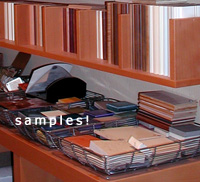
- cabinetry
- countertops
- sink(s)
- faucet(s)
- sink accessories
- faucet accessories
- lighting, more lighting
- hardware
- hardware
- appliances
- tile
- that all encompassing "OTHER"
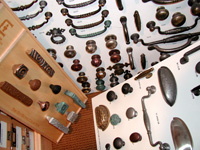 I'm sure I'm forgetting some smaller types of items. I have a project going on right now where I advised my client to make a decision on her countertops in a timely manner. In this case, the countertops did not have to be templated, they could have been ordered well in advance, to be present at the time the cabinetry was installed and could be installed immediately thereafter.
I'm sure I'm forgetting some smaller types of items. I have a project going on right now where I advised my client to make a decision on her countertops in a timely manner. In this case, the countertops did not have to be templated, they could have been ordered well in advance, to be present at the time the cabinetry was installed and could be installed immediately thereafter.
Time just went on. And on, and on some more. My client finally made a decision on the countertops at the time the cabinetry was being installed. The order was put in for the tops, and unfortunately, they now have to wait a month for the countertops to arrive, with the kitchen finished. But, wait! The tile cannot go in yet because the countertops are not on.
AND, the sink and faucet cannot be hooked up until the countertops are in. I think I'll suggest a temporary countertop and sink/faucet hookup.
Now that I think of it, the same thing happened with another client. Just putting off the countertop decision has such an impact on timing and the ability to use the kitchen.
My advice? Get all your decisions made at ONE time. Some people do not begin the installation process until everything is at hand. Time has this funny way of just passing in chunks, it seems, at times, as we're busy going about our lives. Get your decisions made, and put it all to bed. Your kitchen will be up and running in no time.


